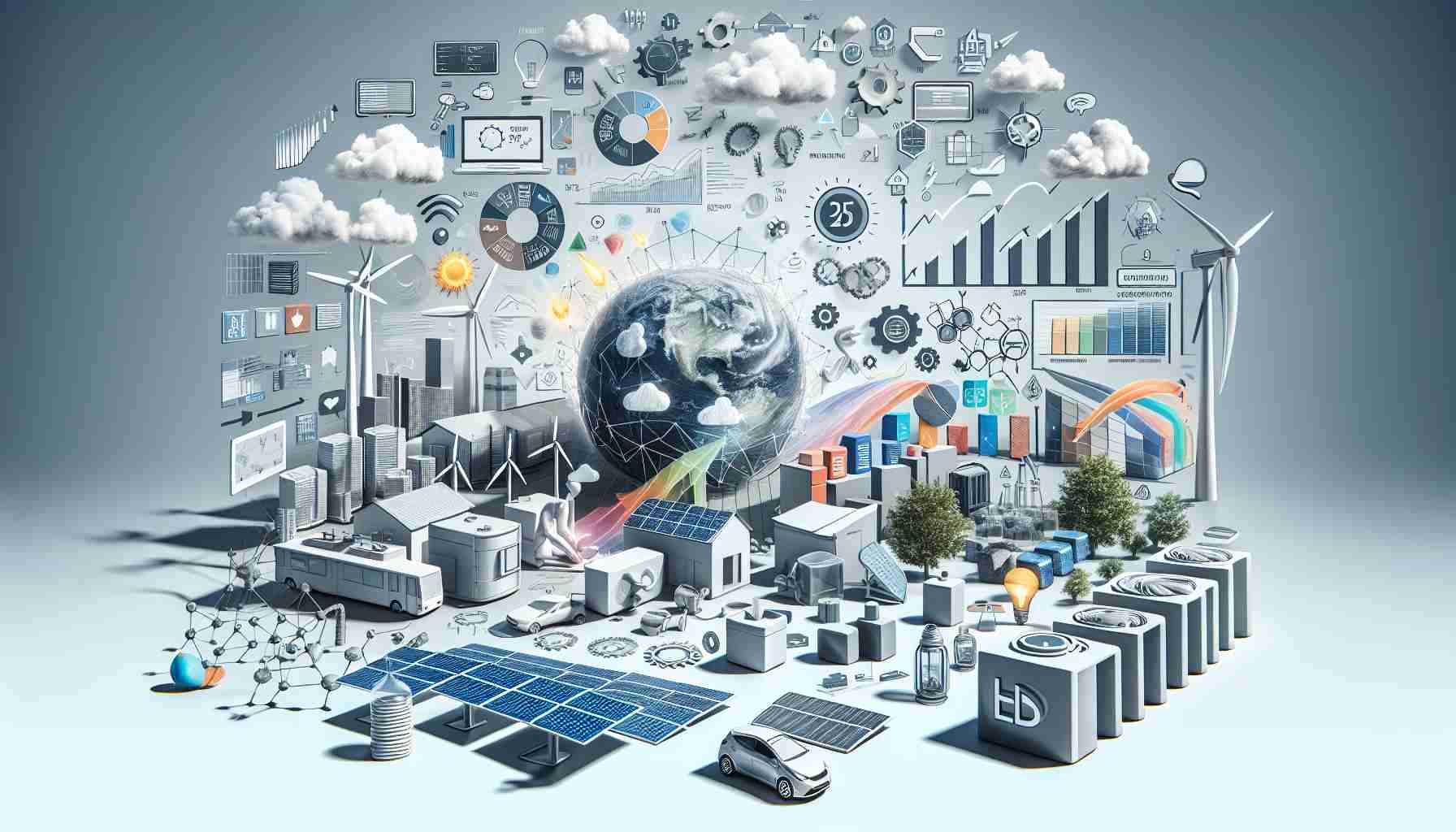- Robert Llewellyn explores the rapid advancements in energy and transport set for 2025, emphasizing the transition from fossil fuels to sustainable alternatives.
- Australia’s implementation of a pollution cap on new vehicles marks a significant shift towards eco-friendly transportation.
- The market for floating solar panels is growing, merging innovation and conservation practices.
- Rare earth elements discovered in coal ash present opportunities for advancements in sustainable technology.
- Misperceptions about offshore wind energy are clarified, revealing its viability as a renewable resource.
- Trends in electric vehicle adoption are transforming urban landscapes and transportation systems.
As the world shifts gears towards a cleaner future, Robert Llewellyn uncovers the startling truths fueling the energy and transport revolution set for 2025. The narrative is not just about a switch from fossil fuels; it’s a complex tale involving hidden tactics from the fossil fuel industry and the incredible durability of electric vehicle (EV) batteries.
Llewellyn sheds light on Australia’s groundbreaking move to implement a pollution cap on new vehicles—a long-awaited change that signals a major leap in sustainable transport. He also taps into the exploding market for floating solar panels, where innovation meets conservation on water. To top it off, he reveals an astonishing find of rare earth elements lurking within coal ash, hinting at hidden treasures that could revolutionize sustainable technology.
Myths surrounding offshore wind energy are deftly unraveled, as Llewellyn offers a fresh perspective on electric vehicle adoption trends that are reshaping our roadways. With each insight, he paints a captivating picture of the future of clean energy solutions that await us.
Key takeaway: As 2025 approaches, understanding these pivotal changes isn’t just essential—it’s empowering. The energy landscape is transforming before our eyes, and grasping these realities can lead us towards a sustainable and prosperous future. Dive in and discover how these developments could impact your life!
Unlocking the Future: Essential Insights into the Energy and Transport Revolution of 2025
As we march towards 2025, the global energy and transport landscape is undergoing transformative changes. Robert Llewellyn highlights critical developments that signal the shift towards sustainability—beyond just the transition from fossil fuels to renewable options. Here’s a fresh look at what’s on the horizon, along with relevant insights and trends shaping our future.
Emerging Innovations & Trends
1. Electric Vehicle (EV) Battery Lifespan and Recycling:
– The durability of EV batteries is a key focus as industry experts innovate recycling methods to repurpose old batteries, significantly reducing environmental impact and resource consumption.
2. Floating Solar Panels:
– The market for floating solar panels is set to boom, integrating renewable energy generation with water conservation efforts. These systems not only provide clean energy but also reduce evaporation from water bodies.
3. Pollution Caps and Environmental Policies:
– Australia’s new pollution cap for vehicles sets a precedent that could influence other nations to adopt similar measures, accelerating the transition away from fossil fuel dependence.
4. Rare Earth Elements from Coal Ash:
– The discovery of rare earth elements in coal ash highlights a sustainable sourcing method for these critical components in tech and energy solutions, potentially reducing reliance on mining.
5. Offshore Wind Energy Myths:
– Addressing misconceptions surrounding offshore wind energy opens new opportunities for investment and adoption in this sector, promising cleaner air and higher energy outputs.
Frequently Asked Questions
1. What are the implications of Australia’s pollution cap on the automotive industry?
Australia’s implementation of a pollution cap could lead to stricter regulations worldwide, prompting automakers to accelerate the development of electric vehicles and invest in cleaner technologies to meet new standards. This could lead to a significant market shift driven by increased consumer demand for sustainable vehicles.
2. How will floating solar panels affect traditional solar energy markets?
Floating solar panels can complement traditional land-based solar by using underutilized water surfaces, potentially increasing overall solar energy production without competing for land. This innovative approach can enhance energy output and improve efficiency while reducing water evaporation.
3. What impact will the extraction of rare earth elements from coal ash have on technology?
Harnessing rare earth elements from coal ash can provide a more sustainable method of sourcing materials necessary for electronics and renewable technologies. This could lead to lower costs, less environmental degradation associated with traditional mining, and a greater supply chain stability for tech industries.
Conclusion
As we anticipate 2025, these advancements underscore the importance of embracing innovative solutions for energy and transport challenges. Awareness of these trends not only prepares us for the changes ahead but also empowers us to contribute positively to a sustainable future.
For more information, visit Energy.gov for comprehensive insights on sustainable energy practices and innovations.



















